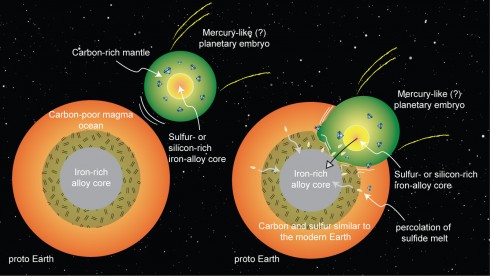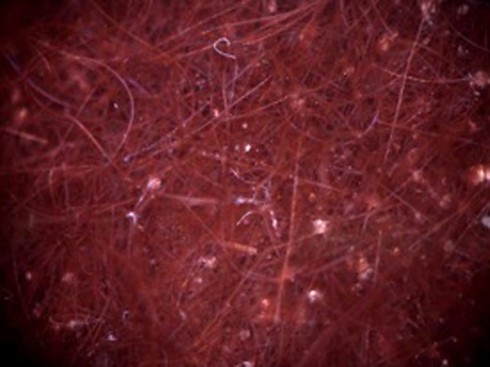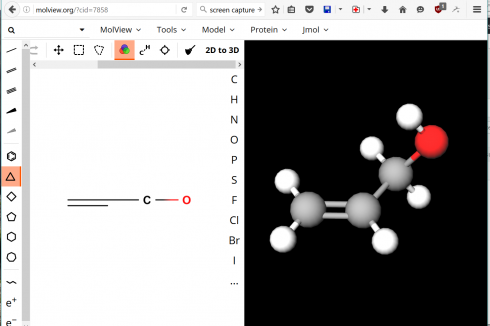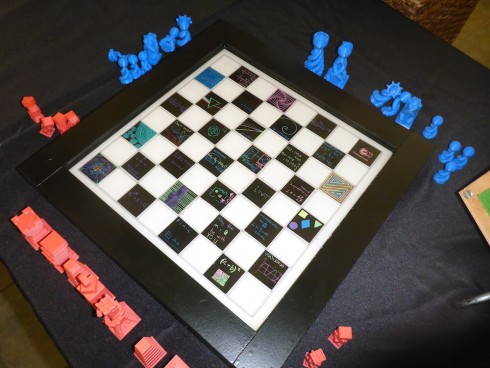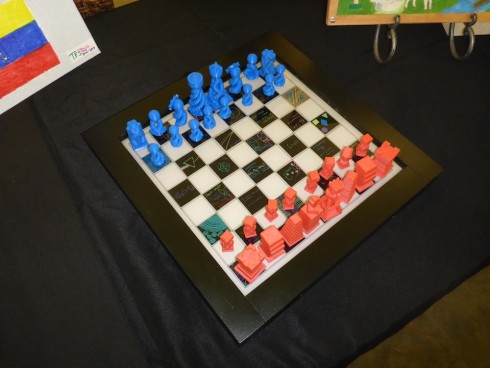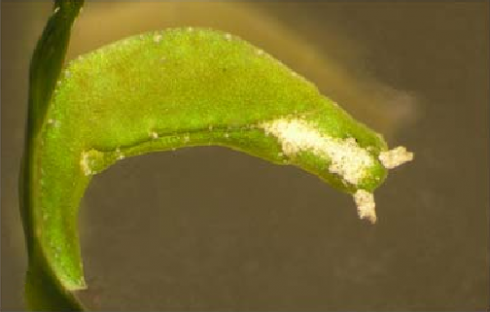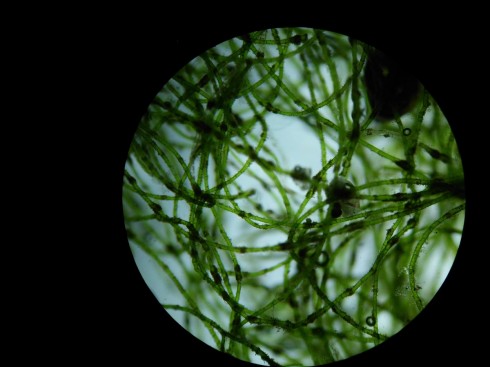Figuring out the limiting reactant in a chemical reaction integrates many of the basic chemistry concepts including: unit conversions from moles to mass and vice versa; the meaning of chemical formulas; and understanding the stoichiometry of chemical reactions. So, since we’ll need a number of these, I wrote a python program to help me design the questions (and figure out the answers).
Program examples come zipped because they require the program file and the elements_database.py library:
Baking Powder and Vinegar (Common Molecules)
Limiting_component-Common.py: This has the baking powder and vinegar reaction limited by 5 g of baking soda. It’s nice because it uses a few pre-defined “common molecules” (which are defined in the elements_database.py library.
You enter the reactants and products and the program checks if the reaction is balanced, then calculates the moles and masses based on the limiting component, and finally double checks to make sure the reaction is mass balanced.
Limiting_component-Common.py
from elements_database import *
import sys
print "LIMITING REACTANT PROGRAM"
print
print " Determines the needed mass and moles of reactants and products if reaction is limited by one of the components"
c = common_molecules()
'''Create Reaction'''
rxn = reaction()
# Add reactants (and products)
# Use rxn.add_reactant(molecule[, stoichiometry])
# molecule: from molecule class in elements_database
# stoichiometry: integer number
rxn.add_reactant(c.baking_soda,1)
rxn.add_reactant(c.hydrochloric_acid,1)
rxn.add_product(c.carbon_dioxide)
rxn.add_product(c.water, 1)
rxn.add_product(c.salt)
'''Print out the reaction'''
print
print "Chemical Formula"
print " " + rxn.print_reaction()
print
'''Check if reaction is balanced'''
balanced = rxn.check_for_balance(printout=True)
'''Calculate limits of reaction'''
if balanced:
rxn.limited_by_mass(c.baking_soda, 5, printout=True)
Outputs results in the Results table (using scientific notation):
LIMITING REACTANT PROGRAM
Determines the needed mass and moles of reactants and products if reaction is limited by one of the components
Chemical Formula
NaHCO3 + HCl --> CO2 + H2O + NaCl
Check for balance
---------------------------------------------
| Element | Reactants | Products | Difference |
---------------------------------------------
| Na | 1 | -1 | 0 |
| H | 2 | -2 | 0 |
| C | 1 | -1 | 0 |
| O | 3 | -3 | 0 |
| Cl | 1 | -1 | 0 |
---------------------------------------------
Balance is: True
Given: Limiting component is 5 g of NaHCO3.
Molar mass = 84.00676928
Moles of NaHCO3 = 0.0595190130849
Results
------------------------------------------------------------------
| Molecule | Stoich.*| Molar Mass (g) | Moles req. | Mass (g) |
------------------------------------------------------------------
|NaHCO3 | 1 | 84.0068 | 5.952e-02 | 5.000e+00 |
|HCl | 1 | 36.4602 | 5.952e-02 | 2.170e+00 |
|CO2 | -1 | 44.0096 | 5.952e-02 | 2.619e+00 |
|H2O | -1 | 18.0156 | 5.952e-02 | 1.072e+00 |
|NaCl | -1 | 58.4418 | 5.952e-02 | 3.478e+00 |
------------------------------------------------------------------
* negative stoichiometry means the component is a product
Final Check: Confirm Mass balance:
Reactants: 7.1701 g
Products: -7.1701 g
--------------------------
= 0.0000 g
--------------------------
General Example
If not using the common molecules database, you need to define the components in the reaction as molecules yourself. This example reacts magnesium sulfate and sodium hydroxide, and limits the reaction with 20 g of magnesium sulfate.
Limiting_component-General.zip
The main file is:
Chem_Exam-limiting.py
from elements_database import *
import sys
print "LIMITING REACTANT PROGRAM"
print
print " Determines the needed mass and moles of reactants and products if reaction is limited by one of the components"
# create reaction
rxn2 = reaction()
# Add reactants (and products)
# Use rxn.add_reactant(molecule[, stoichiometry])
# molecule: from molecule class in elements_database
# stoichiometry: integer number
rxn2.add_reactant(molecule("Mg:1,S:1,O:4"))
rxn2.add_reactant(molecule("Na:1,O:1,H:1"), 2)
rxn2.add_product(molecule("Mg:1,O:2,H:2"))
rxn2.add_product(molecule("Na:2,S:1,O:4"))
'''Print out the reaction'''
print
print "Chemical Formula"
print " " + rxn2.print_reaction()
print
'''Check if reaction is balanced'''
balanced = rxn2.check_for_balance(printout=True)
'''Calculate limits of reaction'''
if balanced:
rxn2.limited_by_mass(molecule("Mg:1,S:1,O:4"), 20, True)
# print out masses
print "Masses Involved in Reaction"
print " Reactants:"
for i in rxn2.reactants:
#print "rxn", i
print " {m}: {g} g".format(m=i.molecule.print_formula().ljust(10), g=i.mass)
print " Products:"
for i in rxn2.products:
#print "rxn", i
print " {m}: {g} g".format(m=i.molecule.print_formula().ljust(10), g=-i.mass)
This program is slightly different from the common molecules example in that, at the end, it prints out masses calculated in a more easily readable format in addition to the other data.
Masses Involved in Reaction
Reactants:
MgSO4 : 20.0 g
NaOH : 13.2919931774 g
Products:
MgO2H2 : 9.69066512026 g
Na2SO4 : 23.6013280571 g
When I have some time I’ll convert this to JavaScript like the molecular mass example.
